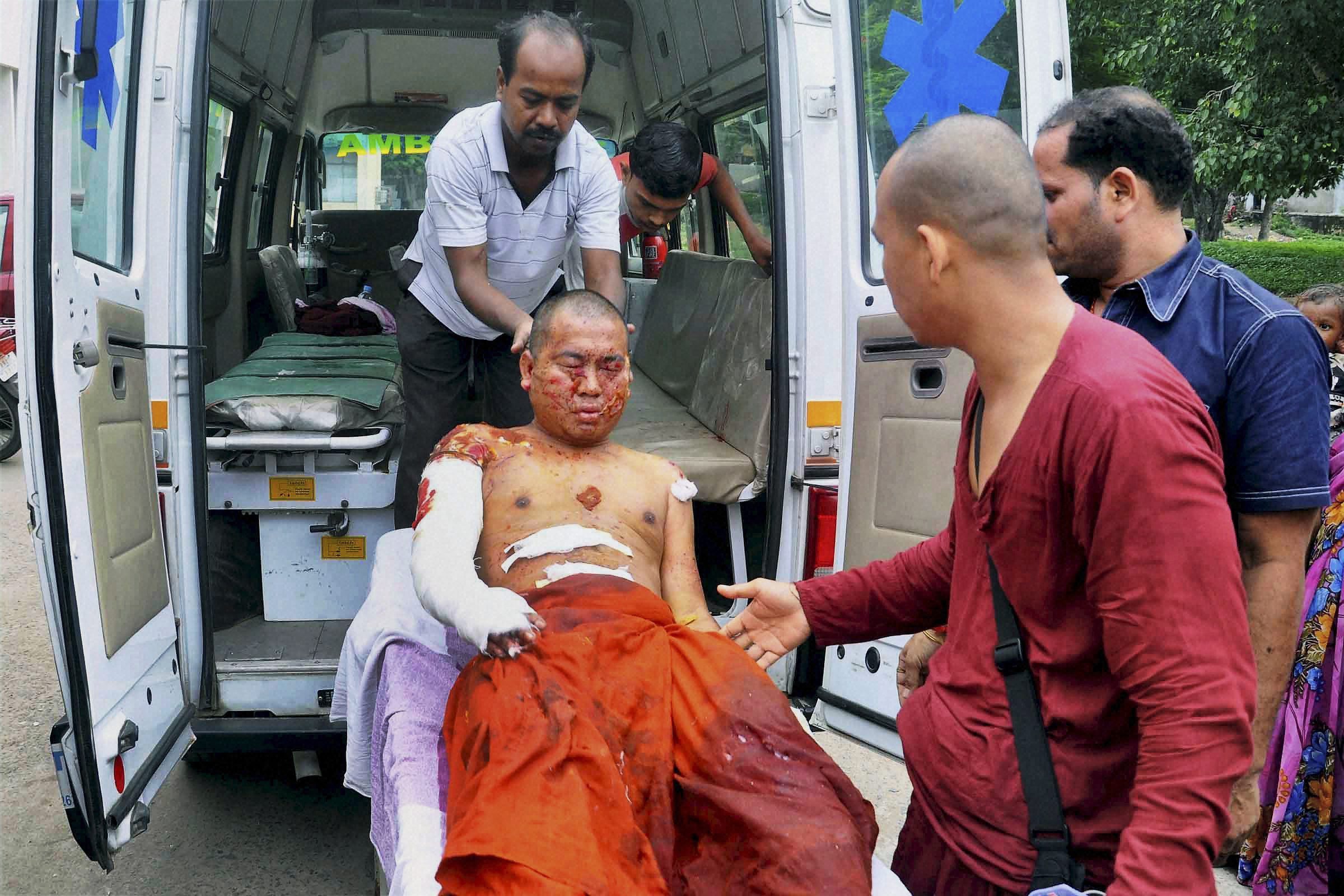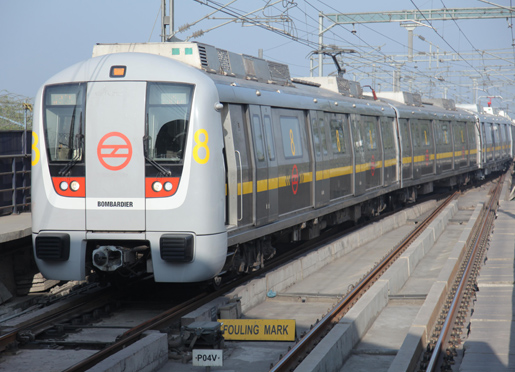
It was an eventful day in New Delhi as its sidewalks were filled with soldiers returning to the national capital after a victory in war with Pakistan. An early autumn cheered returning war heroes. On 20 September 1965, Lok Sabha was also witnessing a bitter war of words as it was discussing a Bill for setting up a new university in the national capital, the Jawaharlal Nehru University (JNU).
Dr Madhav Shrihari Aney, oldest member of House, 85, spearheaded the attack against the Bill portraying it as vague and undemocratic. Other socialists and several Jana Sangh members strongly opposed the idea of adulating Nehru, making him the palladium of nationalism and conferring to his name qualities that personified the patriotic spirit. “The university is converted into a church and the character and appeal of national ideals are considerably overcast with personality cult,” said MB Lal, spurring aheated exchange with education minister Mohammed Ali Currim Chagla. There are so many institutions in Nehru’s name and most of them are in hibernation, Prabhat Kar, a member from Hooghly accused.
History tells us Prabhatkar was far off the mark. JNU is not just a pixel on the spreadsheet of Nehruvian legacy. The university is one of India’s premier institutions. Early this month, it catapulted into national imagination and grabbed column-inches in broad sheets, after JNU Student Union (JNUSU ) president Kanhaiya Kumar, was arrested by two plainclothes policemen on charges of sedition.
The leafy campus of JNU is housed in south Delhi flanked by gleaming shopping malls and neon glow of DDA houses. There is also a small gloomy stretch of slum across traffic lines crisscrossed with clotheslines and heaps of refrigerator cartons. The university is spread across 1019 acres with low-slung school buildings, teaching Arabic to Russian, foreign policy to nanosciences. Messy tangle of streets and beaten paths take you to myriad hostels and schools. A few months here in the campus, eventually a map appears in your head and you can find new routes and new political alleys.
The political tracks of the student movements had veered off to Left from early days. The coveted post of JNUSU president was won nine times by All India Students’ Association (AISA ), 22 times by Student Federation of India (SFI ), nine times by independents, mostly socialists. Rarely it blurred its way into the Centre or Right — the Akhil Bharatiya Vidyarthi Parishad (ABVP ) student wing of RSS , won once in 2000, while Congress’ National Students’ Union of India (NSUI ) once in 1991.
The Left unions waged their battles from the campus, projecting themselves as young saviours of the shirtless. Right under the nose of India’s Congress and BJP governments, it won elections after the other. In the league tables of Left campuses of India, it topped with full Marx.
The Left here maintained semblance of orthodoxy, sometimes with crude and joyless interpretation of ideology. jnu’s staying power as a Left bastion gives rise to many questions. What turned jnu into a communist Xanadu and what are its dissenting voices? Who walks through its revolving doors? Who are its new converts? What is its revolutionary discourse?
jnu is perceived as an elitist research-based (and English-medium) university, and courses are often competitive and demanding for students. There is a competition among young scholars for upgrading from Masters to MPhil or PhD and making their way to academia.
How students become politicised and devote themselves to time-consuming political activities can be understood only if we look at how new students get socialised by developing new political bonds. The role of student organisations in that process can explain how activism is interweaved with friendship, loyalties, and mechanism of integration into new in-groups.
In the campus, one form of micro-politics that seeks to abolish the distinction between the regular student and the activist is the practice of “room sheltering”. Because of the rapid expansion of the number of students in the past decade, the amount of free rooms available in the 17 hostels in the campus is increasingly insufficient to host all the newcomers. Many freshers therefore end up in the rooms of activists who generously offer them some space until they are allotted accommodation.
Kumar lived in Brahmaputra Hostel, housing mostly PhD students. His room had a reassuring familiarity with empty tea pots, a narrow bed and posters of latest campaigns. Card board sheets were fevicolled to his window panes to stop harsh Delhi sun from cartwheeling through.
In his room, like that of other activists, amidst flicker of mobile phones, comrades squatted like inflated parachutes. Away from crumbling hostel rooms, across ocean of protests and blood, was a promise of better lives. At the beginning of the academic year an activist can shelter up to four new students. This situation can last for months and provide a formidable space for “political socialisation”.
A former senior leader of SFI agrees that a normal procedure for recruiting new cadres in political organisations involves sheltering new students waiting to be alloted a hostel room. “Sometimes assistance to students involves personal sacrifice. The classic strategy is to offer a room to freshers and this is what I did, four people for so many months, it was horrible,” he adds.
As a residential institution, JNU is for many a forcing house for changing persons and it can be argued that an important agent of individual change is the multidimensional and processual student interaction with campus organisations. It means that at first, the stranger in jnu cannot apply the standardised social patterns at work in her former educational place. Sinful temptations of Greater Kailash have no place here.
 Within few months however, the individual “is about to transform himself from an unconcerned onlooker into a would-be member of the approached group” (Schutz). Four actors are involved in the process of initiation into jnu cultural pattern: friends, senior activists, ideologues, and professors. The processes of socialisation and politicisation are so intertwined that they form a single nexus on the days of registration for freshers. On these days of the year students land in the campus, fresh-faced, thumbing through degree certificates and other documents to get enrolled for the courses and the hostel. These are days of “registration assistance” in which activists first come in contact with new students, in order to help them complete the necessary administrative tasks and get familiar with the facilities.
Within few months however, the individual “is about to transform himself from an unconcerned onlooker into a would-be member of the approached group” (Schutz). Four actors are involved in the process of initiation into jnu cultural pattern: friends, senior activists, ideologues, and professors. The processes of socialisation and politicisation are so intertwined that they form a single nexus on the days of registration for freshers. On these days of the year students land in the campus, fresh-faced, thumbing through degree certificates and other documents to get enrolled for the courses and the hostel. These are days of “registration assistance” in which activists first come in contact with new students, in order to help them complete the necessary administrative tasks and get familiar with the facilities.
Sometimes, one needs to be innovative too. “It is true that in order to have a good database [list of sympathiser that will cast votes for the organisation and will form a pool of potential recruits], you need to be the first to approach freshers. Usually, newcomers arrive in 615 bus and at the T-point aisa and sfi are waiting for them. But I was more astute, I would go to main gate and wait for the bus to come, then I will jump onto it and while it will go up to the registration area I would gather everyone and get them there,” says sfi activist Nikhil Narkar.
AISA , being an outfit of the CPI (ML), which has its roots in Bihar, relies mostly on cadres originating from the Hindi belt (74 per cent compared to the average of 54 per cent in campus). After an organisational split in 2012, the student wing of CPM , relied on a few leaders from Kerala to restructure their unit. As a result, one in two activists from sfi was born in south India. Campus politicisation is orchestrated by small cohorts of actors with preexistent linguistic and regional identities, but student organisations broadly represent the different categories of the population.




